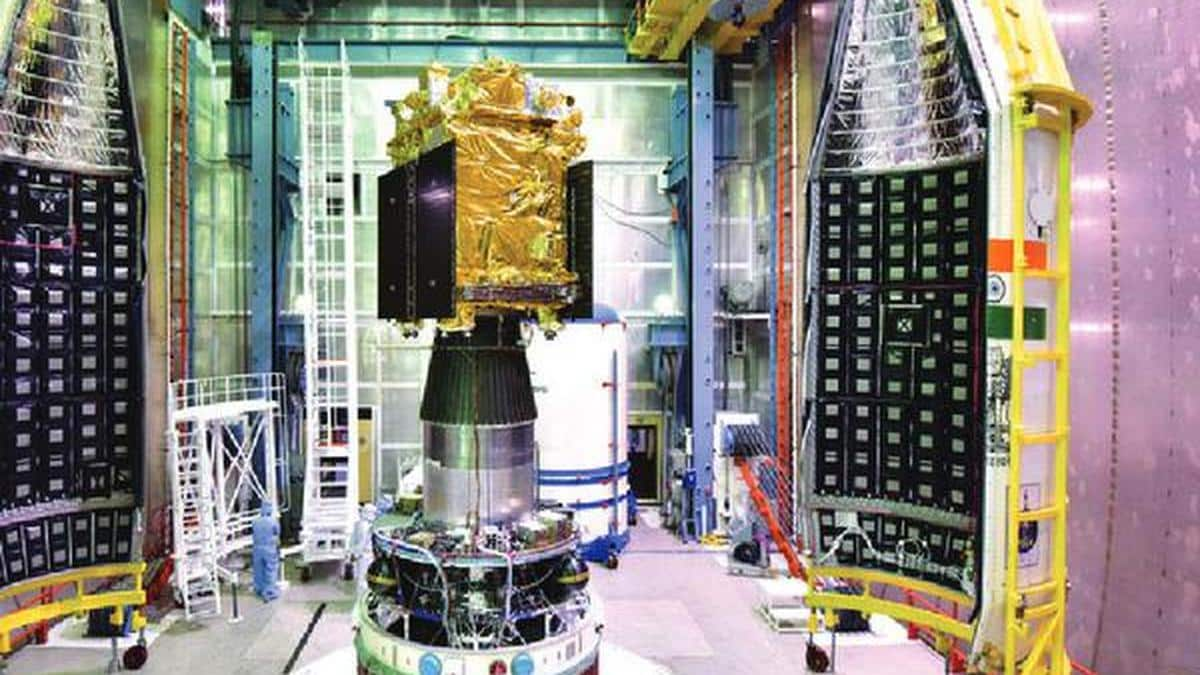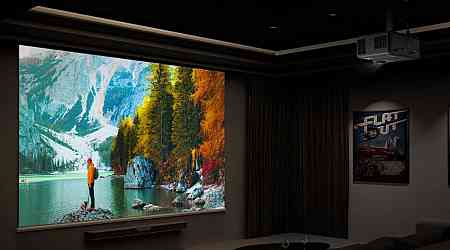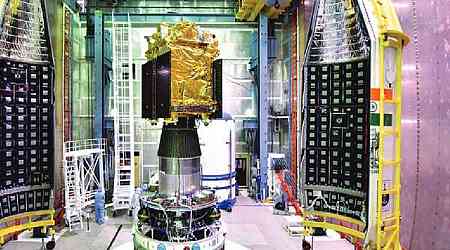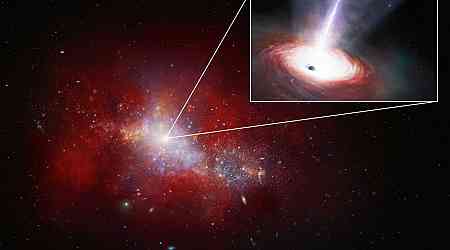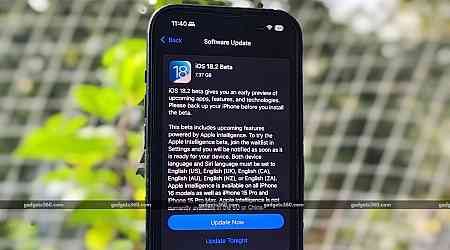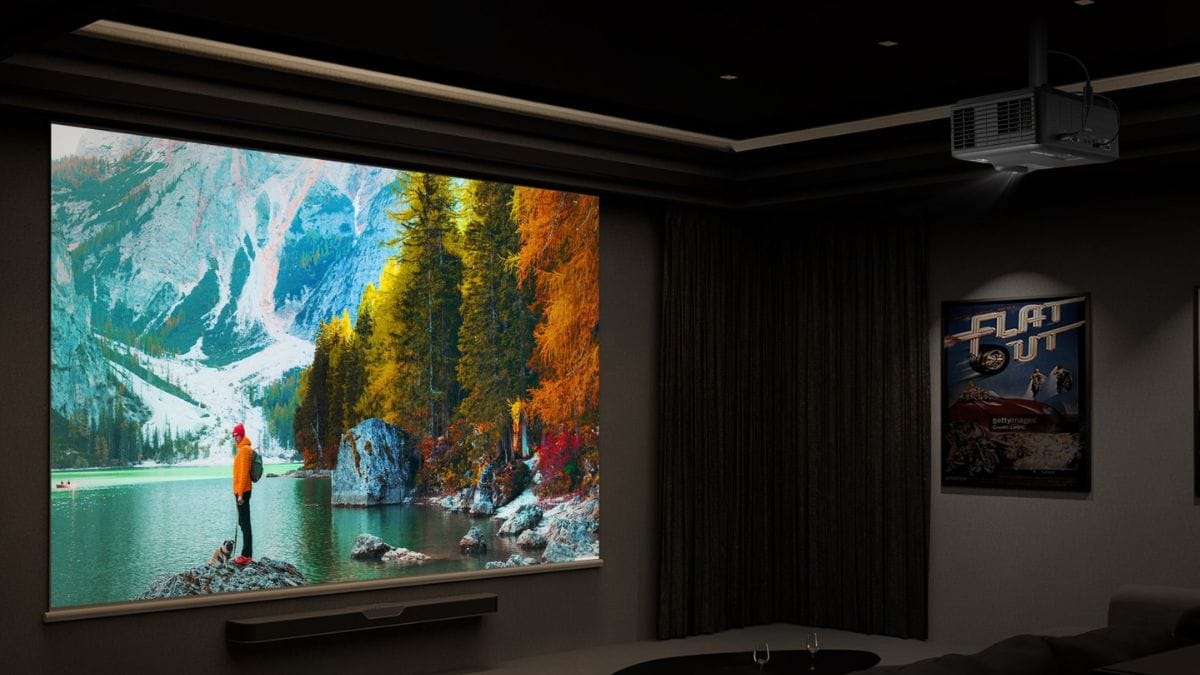Indian scientists have achieved an important milestone in solar research, reporting the first major findings from the Visible Emission Line Coronagraph (VELC) aboard India's Aditya-L1 mission. The solar mission, launched by the Indian Space Research Organisation (ISRO) in September 2023, is India's first dedicated solar observation project positioned at the Lagrange Point 1 (L1). This breakthrough is a key step toward understanding the Sun's magnetic activities and their impact on space weather.
Details of the First Observed Solar Event
Scientists from the Indian Institute of Astrophysics (IIA) in Bengaluru have reported that they were able to pinpoint the exact onset of a Coronal Mass Ejection (CME) on July 16 by using the VELC instrument. This marks a significant accomplishment for the mission. Prof. R Ramesh, a senior professor at IIA and the principal investigator for the VELC payload, emphasised that this is the first science result for ISRO's solar mission. As per multiple reports, the team closely observed the CME as it formed near the solar surface and gained insights into the Sun's corona, which may aid in modelling solar eruptions.
A New Approach to Solar Observations
The VELC, uniquely designed and developed by IIA in collaboration with ISRO, is currently the only active coronagraph in space capable of observing the corona so close to the Sun's surface. Unlike most instruments that capture CMEs after they move farther away from the Sun, VELC allows scientists to observe these eruptions right from their initial stages. Dr V Muthupriyal, an astrophysicist with IIA, stated that spectroscopic observations provided by VELC offer new opportunities to analyse CME dynamics in unprecedented detail.
Impact of Solar Cycle and Future Research Prospects
With the Sun approaching a solar maximum in its 11-year activity cycle, the frequency of CMEs is expected to increase significantly. Continuous monitoring of such solar events is crucial to understand space weather, which can affect satellite communications and other space-dependent technologies. According to Prof. Ramesh, the data collected will be vital for developing future predictive models, as the current phase of Solar Cycle 25 intensifies. Aditya-L1 is poised to gather invaluable data that will support scientists in predicting solar activities and mitigating their impact on space weather.


















